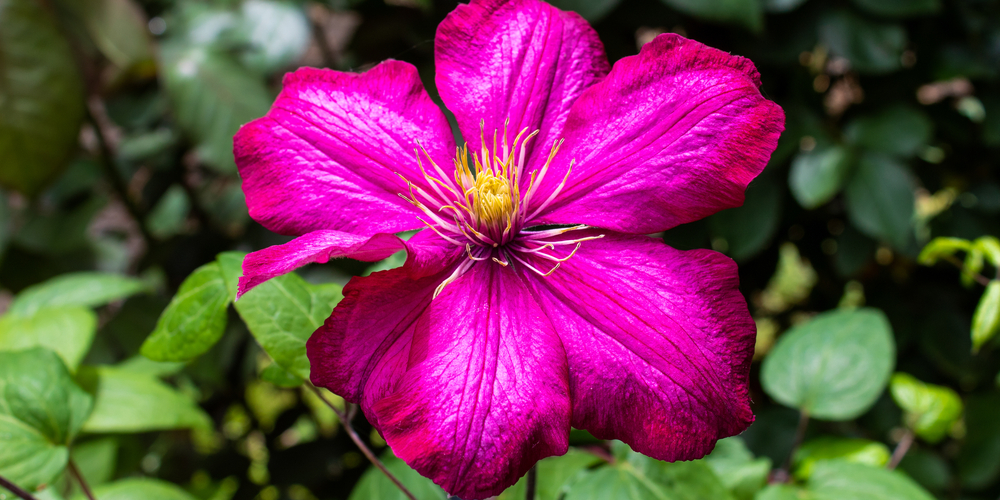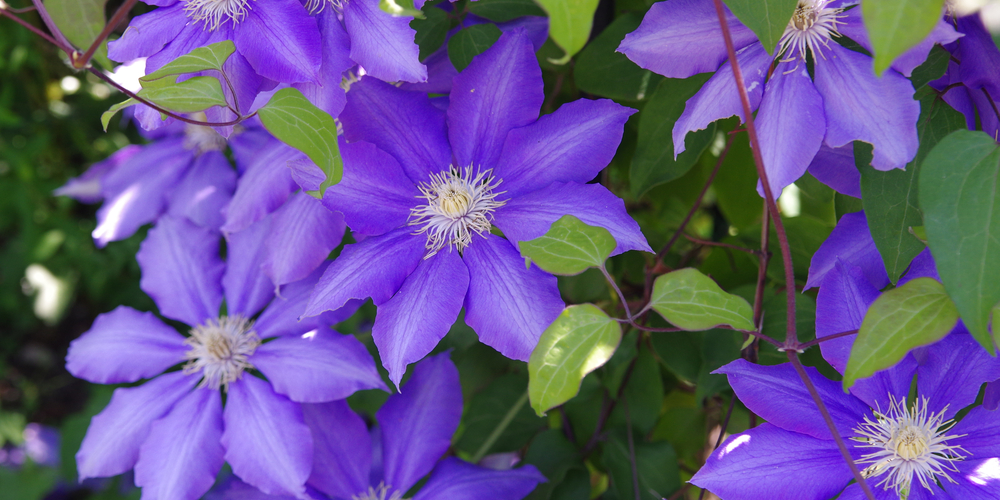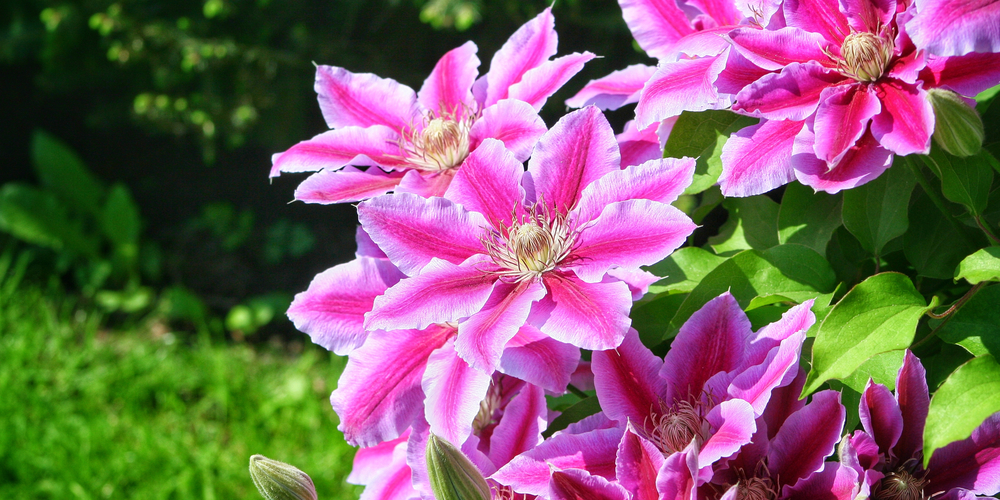Climbers make for the most valuable ornamental plants, and for homeowners with small gardens, Clematis vines are an excellent option. Unlike the Tarzan-swinging imagined vines, Clematis tend to be robust and compact, making them suitable for smaller gardens and large pots.
Also known as the queen of flowering climbers, the floral beauty, large-flowered clematis is unsurpassed in their long flowering presence, the rich diversity of flower shapes, and a wide array of colors. Their stems happily scramble up trellises, arbors, porches, and through other plants creating a delightful, colorful show when they bloom. But can you grow them in zone 10?

If you live in zone 10 and are considering growing clematis, the good news is that Clematis are generally hardy plants. Although they are icons of gardens in colder zones, they are tolerant to many soil types and conditions and will do well on zone ten, provided they get the care they need.
This post will cover everything you need to know about growing Clematis in USDA zone 10.
Growing Clematis in zone 10
Clematis come in over 300 species and hundreds of hybrids, each with its unique qualities. That said, while no clematis will bloom in all 11 zones, a fair share of clematis cultivars and varieties will grow and bloom in zone 10.
If you live in zone 10, it is a good idea to plant clematis species that do not necessarily need winter chill to bloom. No matter what cultivars you grow, it is worth noting that clematis does not like to be moved. As such, you should try to choose a permanent location.
When it comes to planting, clematis can be planted in spring or fall. On the other hand, potted plants can be planted at any time of the year.
Loosen the soil and amend it with organic materials like compost. Because most areas in zone 10 have sandy soil, this will add nutrients and help the soil retain moisture. Next, dig a hole deeper than the root ball, then plant your clematis such that the crown of the plant is 2″ below the soil line and the growing tips are barely visible above the surface.
For stronger growth, you should fertilize clematis right when planting. Further, because clematis plants don’t like to be moved, plan ahead for how you will support the vine.
After planting, you will need to water your clematis regularly so that the plant establishes itself, then literally throughout the first growing season, particularly when it gets dry and too hot. Whether in the garden or a container, mulching around the base can help retain moisture and keep the roots cool.
With good care, your clematis plants will take two growing seasons to reach full blooming size. Clematis growing in zone 10 are well-mannered vines that will bloom from early summer through fall, producing star-like flowers. The blooms vary from deep purple to bright red, lavender, dark burgundy, pink, yellow, and soft white.
Importantly, clematis grows well in partial shade and flower best in full sun. Ideally, the root zone should be shaded and the upper part exposed to the sun.
How to care for clematis
Clematis plants are generally hardy and easy to take care of. Once these flowering plants are established, the next thing is to know how and when to prune them. The pruning requirements vary depending on the group to which your clematis belongs.
First off, all newly planted clematis are pruned in the same way. Unless the plant has multiple stems, prune it back hard during the first spring to a pair of buds around one foot from the ground. Not so long, it will throw new shoots that you can train into shape.
After blooming, you will need to prune your clematis according to its group. Typically, there are two approaches to pruning clematis.
For varieties that produce new growth on the previous year’s vines, you should only prune to shape the overall plant. If you plant clematis varieties that die during winter, you will need to cut off last year’s vines in early spring.
To continue enjoying the colorful tapestry created by clematis, remember to fertilize your plants in the spring when the first leaves start to show up.
Clematis zone 10: Final thoughts
Although clematis flowers are known to grow excellently in zone 4 through 9, with good care, some varieties can do well in zone 10.
If you live in zone 10 and are interested in planting clematis, consider hardy species and cultivars like viticella, Orientalis, terniflora, tanguticas, intergrifolias, and texensis. A number of hybrid cultivars will also thrive here. Just make sure to take good care of your plants.
Related Article: Clematis Companion Plants

